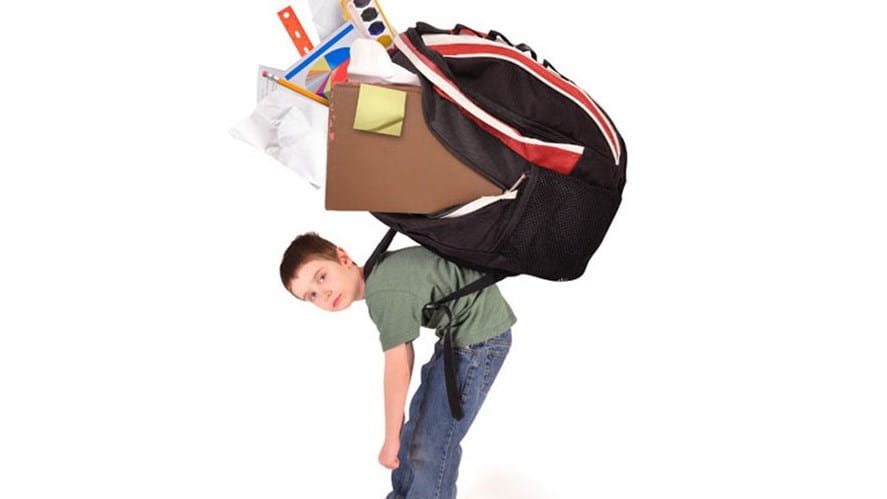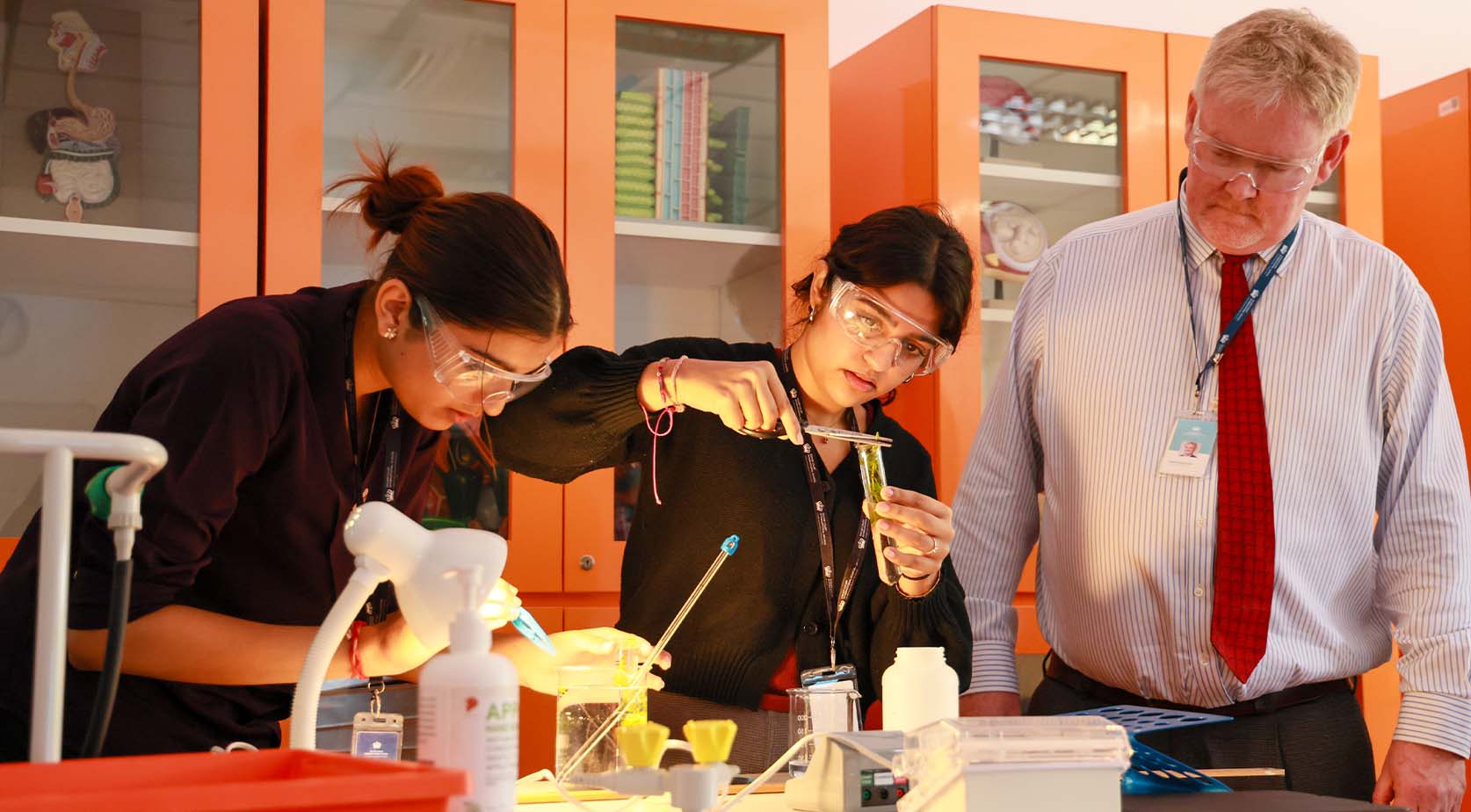Backpacks and Back Care Advice Excessive load bearing on immature spines can put children at increased risk of future back problems
With studies showing that many school-aged children have back pain and neck pain, here are some practical tips on reducing stress on the spine. Article by Andre de Sousa, BScPT
Why does it matter?
Many studies show that around 30% of school-aged children have back pain and neck pain. The style of school bag used and some practical tips on reducing stress on the spine may reduce the likelihood of this. Excessive load bearing for long periods on immature spines could put children at increased risk of future back problems in adulthood.
How much is too much?
It is generally accepted that school children should not be carrying more than 10% of their body weight. An average eleven year old may weigh around 75lbs (34kg), 10% is 7.5lbs (3.4kg). This equates to as little as three medium sized books and a lunchbox.
A word on trolley bags
Due to handles and wheels, trolley bags can weigh as much as 7kg. As they are not designed to be a backpack, when the student has to lift it upstairs, onto the bus etc, these promote uneven weight distribution by the action of pulling with twisting of the spine. There is also the tendency to pack more weight into these bags.
Tips for school and home:
· The straps should be adjusted so that the bag is sitting high enough that it doesn’t hang below the hips; while it is the fashion, particularly among the older girls, to have the bag hanging down lower, this alters the centre of gravity in a way that will harm the spine with long term use.
· Don’t keep your bag on your back if you don’t need to – if you are standing in the playground, take it off and put it on the floor or a bench.
· Don’t swing your bag round to put it on, when picking up your heavy bag from the floor, bend your knees and squat down, lifting the bag close to your body – this lessens pressure on the spine and reduces the risk of injury.
· Wear your bag correctly, not dangling from one shoulder – most people will always hang a bag over the same shoulder, causing persistent uneven loading on the spine.
· When packing your bag, put the heaviest things in first to make you more balanced. Try to get everything you need into one bag rather than carrying several bags.
· Stand up straight when you have your bag on your back, try not to slouch, and stand with your weight evenly on both legs.
· Keep active - it is recommended that children do an hour of physical activity a day. Strong muscles will help prevent poor posture and back pain. Being overweight will place extra stress on the spine, hips and knees.
Warning signs that a backpack is too heavy include:
· A change in posture when wearing the pack
· Struggling when putting on or removing the pack
· Pain when wearing the pack, tingling or numbness in arms or red marks on the shoulders.
See your doctor if your child complains of back pain.








